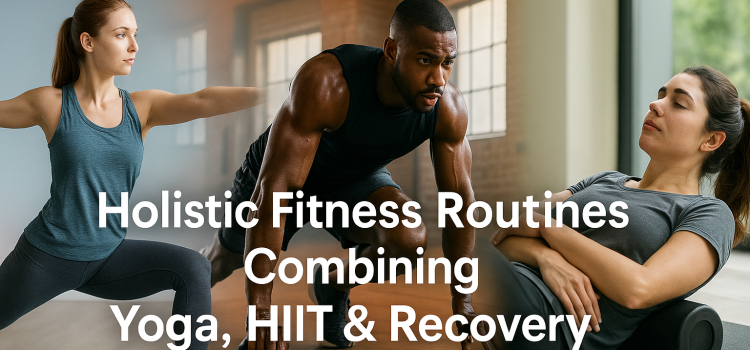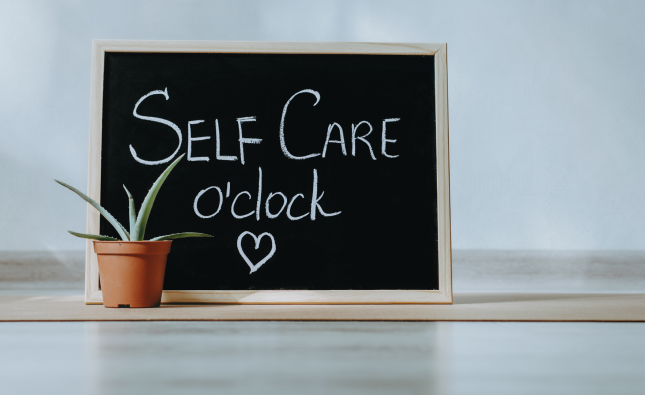
Introduction
Finding the right workout plan can feel good or overwhelming. Too much high-intensity exercise leads to burnout. Only yoga leaves you strong but not fit enough for cardio. A holistic fitness routine blends yoga, HIIT, and recovery. This combo builds strength, burns fat, improves flexibility, and prevents injury.
In 2025, fitness experts agree that balance is key. By rotating between calming yoga flows, intense HIIT sessions, and gentle recovery days, you tap into the best of each method. This article shows how to craft a week-long plan that fits busy lives, boosts energy, and keeps you motivated. You will learn simple tips, see a comparison table, and get clear guidance on timing and intensity. Read on to transform your workouts into a sustainable, all-around path to overall health.
What Is Holistic Fitness?
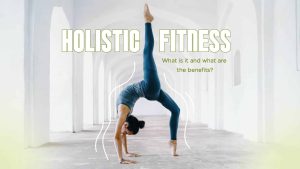
A holistic fitness routine combines multiple exercise styles for overall wellness. Instead of focusing solely on cardio or strength, it weaves in flexibility, mobility, and rest. The main elements are:
- Yoga for flexibility, balance, and mind-body connection
- HIIT (High-Intensity Interval Training) for cardio fitness levels and fat burn
- Recovery sessions for muscle repair, stress relief, and injury prevention
Each component supports the others. Yoga opens tight muscles that HIIT strains. Recovery boosts performance for both. Together, they form a balanced cycle of effort and rest.
Why Combine Yoga, HIIT, and Recovery?

Mixing types of exercise has key benefits:
- First, it prevents plateaus. Your body adapts quickly if you only run or only lift weights. The varied stimulus of yoga, HIIT, and recovery keeps challenges fresh.
- Second, it reduces injury risk. Stretching and mobility from yoga ease muscle tension. Recovery days give your body time to rebuild.
- Third, it boosts mental health. Yoga calms the mind. The endorphin rush from HIIT uplifts mood. Recovery practices like foam rolling further reduce stress.
- Finally, it fits any schedule. Even 10 minutes of yoga or a quick HIIT tabata can slot into a busy day.
The Role of Yoga in Holistic Fitness
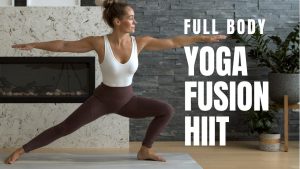
Yoga has long been celebrated for its numerous benefits to both the body and mind. In a holistic fitness routine, yoga serves as the perfect complement to more intense training exercises like HIIT by promoting flexibility, balance, and mental clarity. Here’s how yoga enhances your fitness routine:
1. Improves Flexibility and Mobility
One of the primary benefits of yoga is its ability to increase flexibility and mobility. Many HIIT workouts involve intense movements that require a good range of motion, which yoga can help improve. Through dynamic stretching and postures, yoga increases joint flexibility, making it easier to perform high-impact exercises with better form and reduced risk of injury.
2. Mindfulness and Stress Relief
Yoga is known for its mindfulness practices, which can help reduce stress and improve focus. By incorporating yoga into your fitness routine, you engage in deep breathing and meditation techniques that can help manage stress, improve mental health, and reduce the effects of anxiety. This mental clarity is especially important after high-intensity workouts, as it allows you to recover more effectively and promotes emotional well-being.
3. Increased Strength
While yoga is often thought of as a flexibility-focused practice, it also helps build core strength and stability. Many yoga poses require you to engage multiple muscle groups simultaneously, improving strength and postural alignment. This increased strength can enhance your overall fitness and provide stability during HIIT exercises.
Recovery: The Key to Maximizing Results

While HIIT and yoga are essential for building strength, flexibility, and stamina, recovery is just as important for optimizing your results. Recovery helps the body repair muscles, reduce soreness, and prevent overtraining, all of which are crucial for long-term success. Let’s explore some recovery strategies that complement yoga and HIIT in a holistic fitness routine:
1. Active Recovery
Active recovery involves low-intensity activities that increase blood flow to muscles and help reduce soreness. Yoga itself serves as a form of active recovery, but activities like walking, light jogging, or swimming can also help speed up the recovery process. These activities maintain movement without straining your muscles, allowing for faster healing.
Active recovery keeps you moving without strain. Techniques include:
- Foam rolling
- Gentle walking or cycling
- Yin yoga or stretching sessions
- Massage or percussion tools
Recovery days are vital. They clear lactic acid, reduce soreness, and improve circulation. You return to your next workout stronger and more mobile.
2. Stretching and Foam Rolling
After a HIIT session, muscles tend to tighten up, which can lead to soreness and discomfort. Foam rolling is an excellent way to release muscle tension and improve muscle elasticity or help with weight loss. Stretching after both HIIT and yoga can also help improve flexibility, reduce stiffness, and enhance muscle recovery.
HIIT alternates short bursts of intense effort with rest. A typical session lasts 20–30 minutes. Sample tabata: 20 seconds all-out work, 10 seconds rest, repeat for 8 rounds. Exercises include:
- Burpees
- Jump squats
- Mountain climbers
- High knees
HIIT boosts metabolism for hours after the workout. It builds both strength and cardio capacity fast.
3. Yoga
Yoga practice improves flexibility, joint health, and body awareness. Choose styles like Vinyasa for flow or Hatha for gentle holds. Key poses include:
- Downward Dog: Stretches hamstrings and shoulders.
- Warrior II: Strengthens legs and opens hips.
- Cat-Cow: Mobilizes the spine and warms muscles.
Hold poses for 30–60 seconds. Move with your breath. Yoga also trains focus and reduces anxiety.
Sample Weekly Schedule
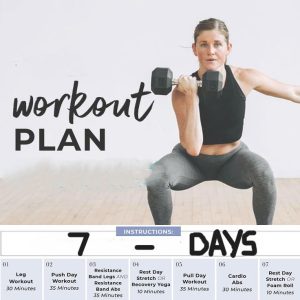
Here’s a balanced week combining all elements:
- Monday: HIIT (30 min)
- Tuesday: Yoga flow (45 min)
- Wednesday: Active recovery (foam rolling + gentle walk)
- Thursday: HIIT (20 min tabata)
- Friday: Restorative yoga (30 min yin)
- Saturday: Strength-focused HIIT + mobility yoga (60 min total)
- Sunday: Full recovery day (stretching, light cycling)
Adjust days as needed for your routine. The mix prevents burnout and keeps progress steady.
Future of Holistic Fitness Routines

Looking ahead, combined fitness exercise routines will become even more user-friendly and tech-driven. Fitness apps may offer AI-generated weekly plans that balance yoga, HIIT, and recovery based on your goals and schedule. Wearable trackers could monitor muscle fatigue and suggest extra stretching or rest days when needed. Virtual group classes might blend live yoga flows, timed HIIT circuits, and guided recovery sessions in one seamless stream. As these tools grow, holistic fitness will be easier to follow, helping everyone stay strong, flexible, and injury-free in the years to come.
Comparative Table: Core Components
| Component | Duration per Session | Main Benefit | Ideal Frequency | Intensity Level |
|---|---|---|---|---|
| Yoga | 20–60 min | Flexibility, calm | 2–3 times/week | Low–Moderate |
| HIIT | 20–30 min | Fat burn, cardio | 2–3 times/week | High |
| Recovery | 15–30 min | Muscle repair | 2–4 times/week | Low |
This table shows how often and how hard to perform each component for balanced gains.
Conclusion
A holistic fitness routine that combines yoga, HIIT, and recovery exercises provides a comprehensive approach to physical health, mental well-being, and overall fitness success. Whether you’re a beginner or an experienced fitness enthusiast, integrating these three components will enhance your strength, flexibility, and recovery, leading to improved results and a healthier lifestyle.
By taking care of both your body and mind, you can achieve a more sustainable fitness journey, reducing the risk of burnout and injury while optimizing your long-term fitness goals.








